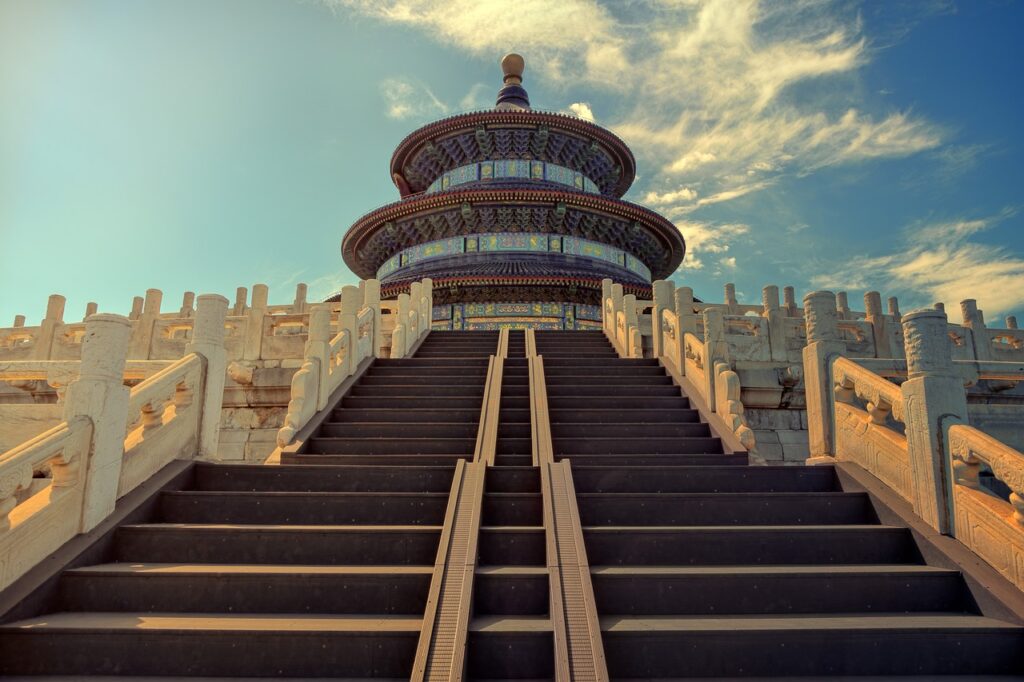
One of the most discussed topics among investors recently is mainland China’s inflation rate. In May, the consumer price index rose by 0.2% year on year (YoY), much lower than the 4% YoY rise in the US and 6.1% in Europe. It is also lower than other emerging countries such as Indonesia (4%) and India (4.3%).
From an economic standpoint, the ideal level of inflation is generally around 2-3%. If inflation remains persistently high, it not only affects business investment sentiment but also impacts low-income individuals and those who rely on savings for their livelihoods. However, if inflation is too low, it increases the risk of deflation, which can lead to asset price declines and economic contraction. Moreover, since debt levels generally do not decrease, deflation significantly reduces borrowers’ repayment capacity and increases banks’ bad debt risks, which will weaken their willingness to lend.
While the rest of the world is grappling with inflation, why is China moving in the opposite direction, hovering on the edge of deflation? There are three possible reasons. First, as the world’s factory, intense competition among companies in China leads to a tendency for excessive investment in production capacity. When Western countries shifted their expenditure from goods consumption to service consumption after the pandemic, their import from China declined. Therefore, Chinese manufacturers face increasing challenges in utilizing their production capacity. Overcapacity naturally leads to deflationary pressure. Second, high energy price is a significant factor driving inflation in Europe and the US. However, China benefits from Western sanctions on Russian oil and it purchases oil from Russia at prices much lower than the international oil price. Third, Western countries exercised ultra-loose monetary policy during the pandemic to stimulate household consumption. In contrast, China’s stimulus policy was relatively reserved, resulting in much lower inflationary pressures compared to Western countries.
China’s current inflation rate is only 0.2%, almost negligible. The real concern for China is how to avoid falling into the deflation trap. In addition to the three factors mentioned above, deflationary pressure in the country is also partially due to insufficient domestic demand. In recent years, the central government has tightened economic controls for national security reasons and to reduce the economy’s reliance on real estate, indirectly affecting consumer confidence. Currently, people are more willing to save their money in banks rather than spend them. The ratio of household net savings to GDP, after deducting debt, has increased from 32% in early last year to 44% in March this year. Encouraging consumer spending is now the government’s top priority. In the early 21st century, the South Korean government encouraged credit card companies to relax their approval requirements to stimulate the economy and promote advanced consumer spending. Although it eventually led to a credit card repayment crisis, it showed that there are effective measures the government can take if it truly wants to promote consumption.
If consumer spending remains insufficient, reference can be made to the measures taken by the US in the 1930s and Japan in the 1990s to combat deflation. Both countries employed Keynesian economics by borrowing idle funds from the public through government intervention in the market and using them for infrastructure investments to drive economic growth. The Hoover Dam, located in the suburbs of Las Vegas, was built during this period. While infrastructure investments may not always generate sufficient momentum to bring the economy back on a growth trajectory, at the very least, they can help reduce the risk of the economy entering a vicious deflationary cycle.
Disclaimer
This document is based on management forecasts and reflects prevailing conditions and our views as of this date, all of which are accordingly subject to change. In preparing this document, we have relied upon and assumed without independent verification, the accuracy and completeness of all information available from public sources. All opinions or estimates contained in this document are entirely Zeal Asset Management Limited’s judgment as of the date of this document and are subject to change without notice.
Investments involve risks. Past performance is not indicative of future performance. You may lose part or all of your investment. You should not make an investment decision solely based on this information. Each Fund may have different underlying investments and be exposed to a number of different risk, prior to investing, please read the offering documents of the respective funds for details, including risk factors. If you have any queries, please contact your financial advisor and seek professional advice. This material is issued by Zeal Asset Management Limited and has not been reviewed by the Securities and Futures Commission in Hong Kong.
There can be no assurance that any estimates of future performance of any industry, security or security class discussed in this presentation can be achieved. The portfolio may or may not have current investments in the industry, security or security class discussed. Any reference or inference to a specific industry or company listed herein does not constitute a recommendation to buy, sell, or hold securities of such industry or company. Please be advised that any estimates of future performance of any industry, security or security class discussed are subject to change at any time and are current as of the date of this presentation only. Targets are objectives only and should not be construed as providing any assurance or guarantee as to the results that may be realized in the future from investments in any industry, asset or asset class described herein.
In respect of any discrepancy between the English and Chinese version, the English version shall prevail.



